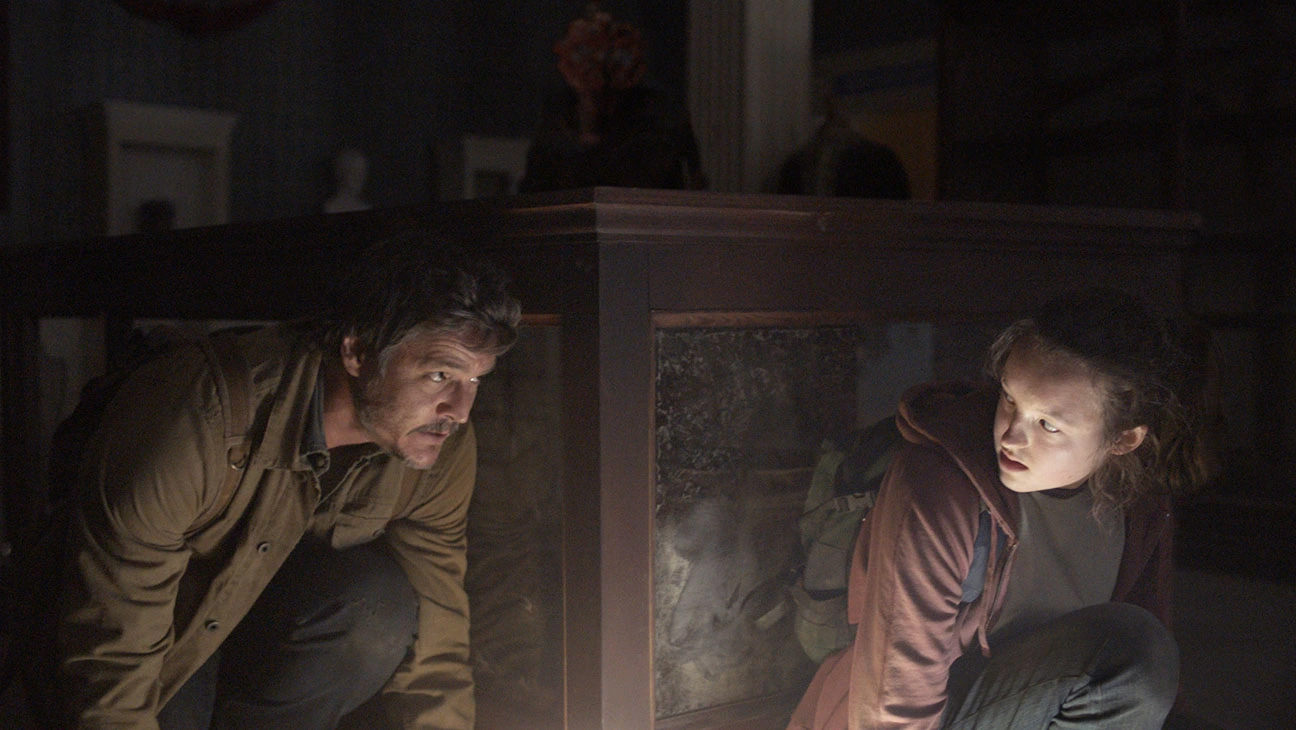Why HBO’s ‘The Last of Us’ Traded Spores for Tendrils (And What the Hell Are Tendrils?)

Remember how we’re in the middle of a pandemic that is spread by breathing on each other? Well, that’s sort of how the infection in The Last of Us functions. Sort of. In the game, people become infected by breathing in spores from a fungus, so Joel Miller has to wear a gas mask if the spores are too “heavy.”
It’s sort of like how we wear masks, but the characters in The Last of Us have the advantage of being able to see the spores. All of this doesn’t matter for the HBO adaptation, though, because the spores have been changed to tendrils. The infected, known as clickers, can infect others through their bite and by sharing their tendrils with the uninfected, creating more clickers. So why the change?
In an interview with Collider, Neil Druckmann (who created the game) and Craig Mazin (who adapted the game for HBO with Druckmann) talked about the changes they’ve made with the series and how the infection works. For the most part, they kept a lot of the important moments from the game intact, but there are some things that had to change for the show to flow.
“I will say that there is a character from the game that has a very interesting point of view about the fungus and his observation of Cordyceps that ties into some of the larger themes about what the show is about, and strangely enough, that ties into the notion of the beauty and potential danger of love,” Mazin said. “And so, part of what Neil [Druckmann] and I wanted to do was just make sure that everything in our story that we built here … ultimately feeds back into the thing that matters the most for us, and that is Joel and Ellie’s relationship.”
Neil Druckmann on the changes
Druckmann backed up Mazin’s decision to change the spores to tendrils for the TV adaptation. “Craig is right, there are certain additions that we made to the show, which I really liked. We wanted to avoid making a zombie show,” he said. “We have the Clickers, which helps separate us, by grounding them in one way. But also, they’re such interesting, weird beings, and they use echolocation to find their way around. But with the more recently infected, we had a lot of conversation about what that vector could look like because there are certain things from the game that we took away.”
Regarding the spores, Druckmann said, “We decided, early on, that we didn’t wanna do that for the show. Eventually, those conversations led us to these tendrils. And then, just thinking about how there’s a passage that happens from one infected to another, and like fungus does, it could become a network that is interconnected. It became very scary to think that they’re all working against us in this unified way, which was a concept that I really liked.”
Personally, I think this was a smarter move and that changing it from being an airborne infection to tendrils works because, well, you’ve lived through the last three years.
(featured image: HBO)
Have a tip we should know? tips@themarysue.com